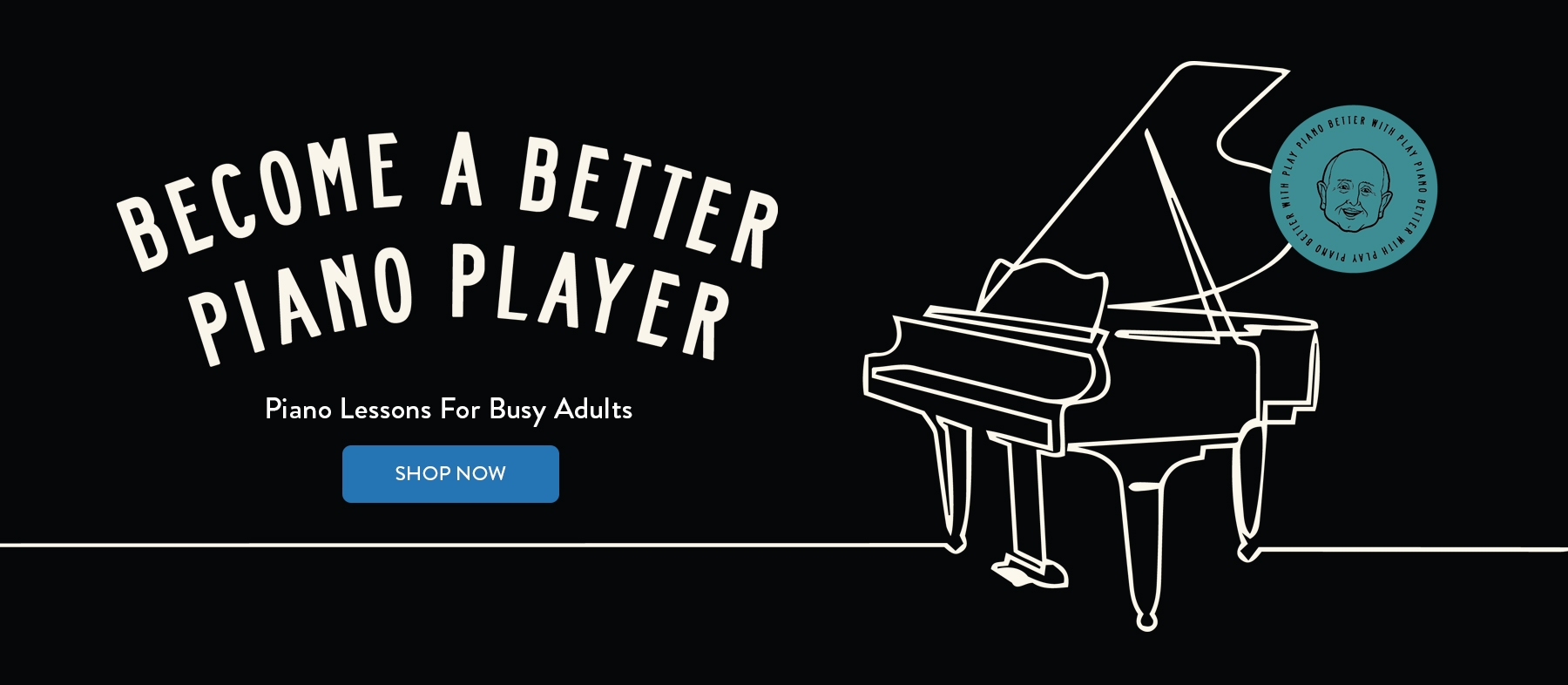Secrets of Exciting Chords & Chord Progressions: Lesson Thirty-Nine
Review time!
We’ve come to the end of our first 39 weeks together, so it’s time to do some review so we can see the entire picture in context.
Let me begin by asking you a question:”Why would anyone want to learn chords or chord progressions?”The short answer is “understanding”. By learning chords and how they are formed and used, we are getting inside of music to see what it is made of. It’s like having an x-ray machine that looks deep inside of an object, to see what makes that object tick. And by learning chord progressions, we see how composers link chords together into meaningful segments called “phrases” and “sections”.
The long answer is that chords and progressions contribute to making a musician complete. It’s great to be able to read music, and we certainly should pursue that goal. But if we are lost without music, then we need some music theory understanding to fill in the gaps in our knowledge and understanding.
There’s a famous story about a world-class concert pianist who when asked to play “Happy Birthday” at a friends’ home couldn’t do it because there was no sheet music available for it in that home. That’s an extreme and pathetic example, but many lesser embarrassments happen every day around the world because piano players don’t know theory and don’t understand how chords tie everything together.
Well, there’s no need for YOU to ever fall into that trap, because in 39 weeks we have covered a ton of subjects. Here’s a quick review:
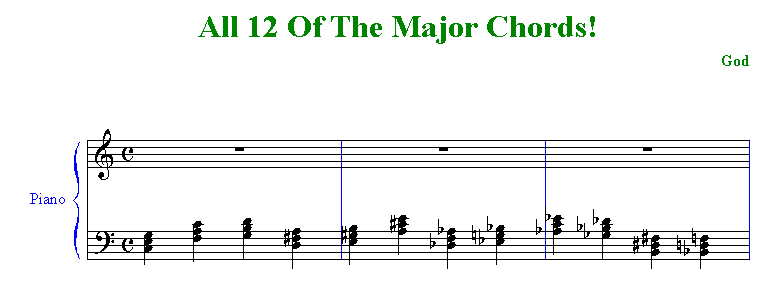
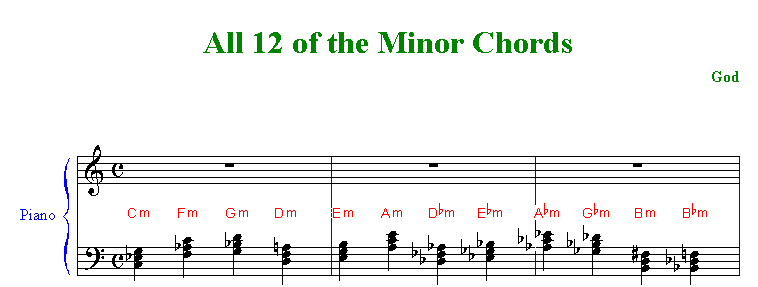
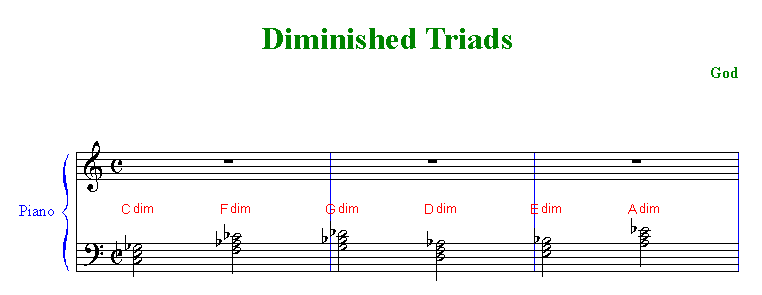
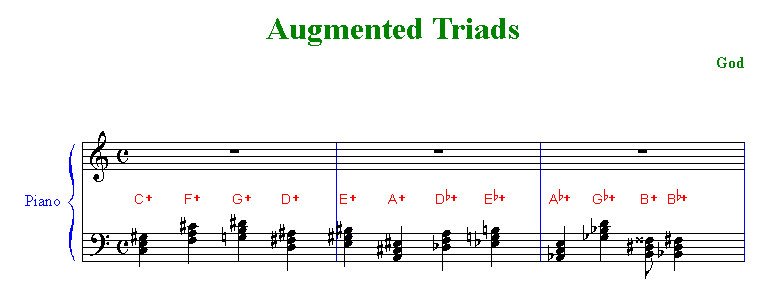
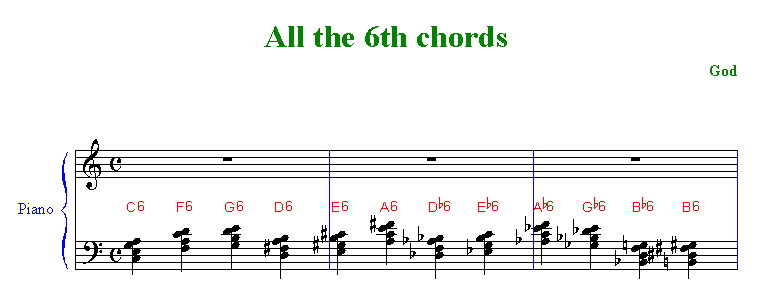
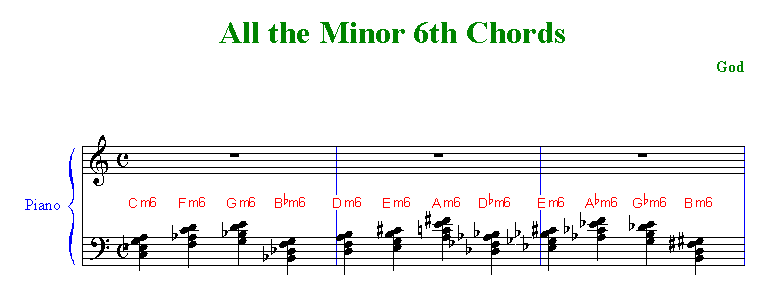
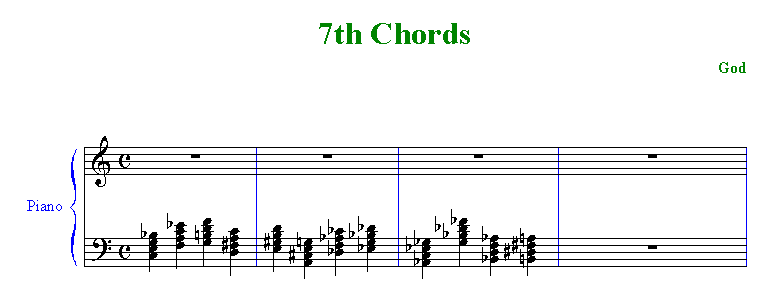
Maj7th Chords
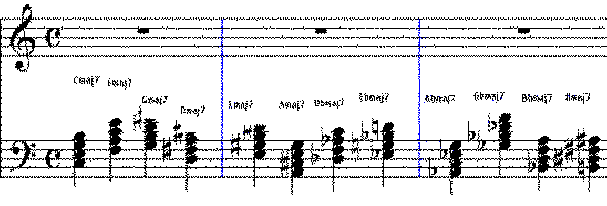
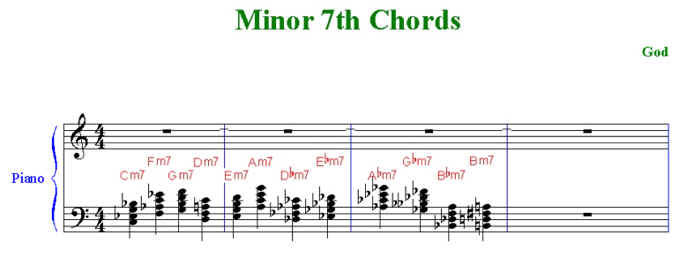
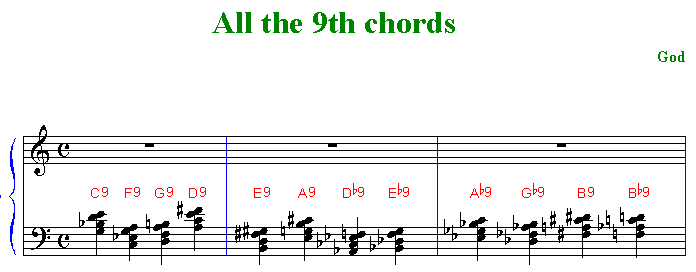

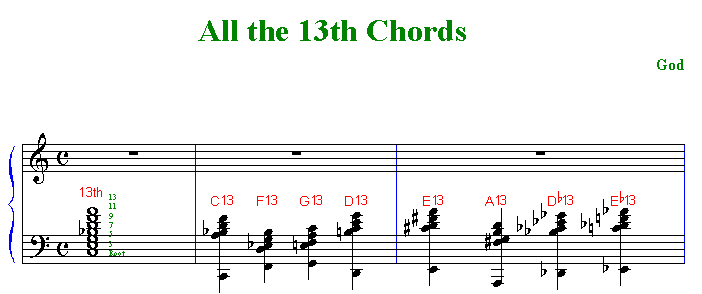

Suspensions
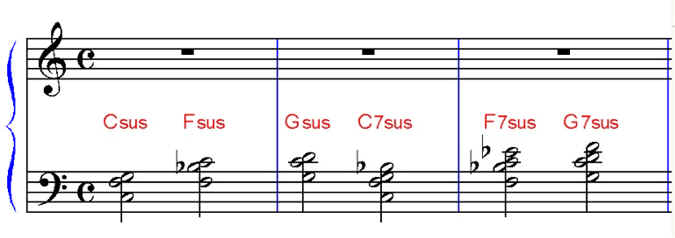
Then we learned that there were also alterations and slash chords — way too many to list here, because actually there is no limit to the combinations of alterations and slash chords when combined!
Then along the way we learned a little about musical forms — such forms as ABA, AABA, ABCA, and so on. And we learned how the Circle of Keys (also known as the Circle of 4ths and Circle of 5th) impacted chord progressions because of the proclivity of chords to move up a perfect 4th. We also learned that there is a Circle of Minor Keys, and then we combined the major circle with the minor circle to create some interesting progressions.
Once we covered chords, we got into chord progressions, and here are some of the ones we covered:
The “Oh Duh!” Chord Progression
The “Creep” Chord Progression
The “Blue Moon” Chord Progression
The “12 Bar Blues” Chord Progression…
and we learned how embedded chord subs could make a progression lots more interesting, and we learned the 3 most important rules of chord substitutions.
Are there other progressions?
Of course. But these are the biggies — the progressions you will run into time and time again.
So let’s get on to other things now such a melody, rhythm, styles and so forth.
Thanks again, and blessings on you!
Duane
Want to learn how to add runs and fills to your piano playing? Click on the product below:


